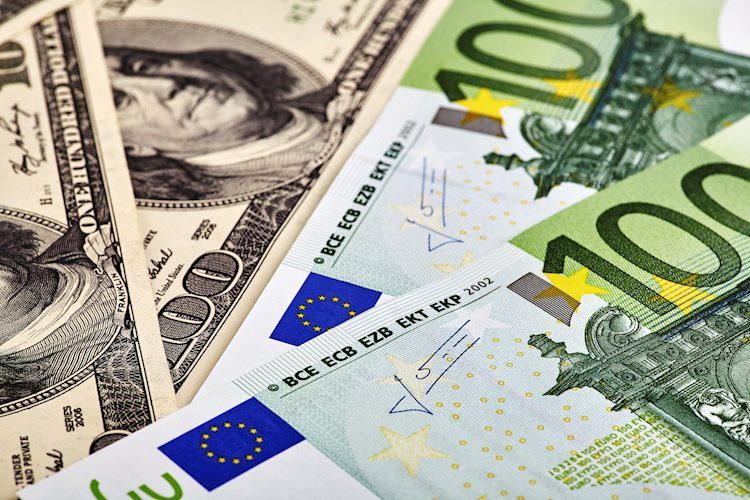
- EUR/USD started the week with decent gains.
- The selling bias in the Dollar helped spot regain the upside.
- Markets’ attention should remain on the US docket.
In quite a bearish start to the week, the Greenback saw its recent upside momentum run out of some steam, prompting the USD Index (DXY) to recede to the low 104.00s despite the move higher in US yields across different time frames.
By the same token, the resurgence of the appetite for riskier assets lent some wings to the European currency and sparked a marked rebound in EUR/USD from recent lows in the proximity of 1.0800.
Analysis of the FOMC event revealed the Federal Reserve’s plan to maintain interest rates until inflation reaches the 2% target. The Fed foresees one rate cut in 2025 and expects a median Fed funds rate of 3.1% by the end of 2026, up from the previous estimate of 2.9%. Market participants, however, anticipate three interest rate cuts by the Fed this year, with the first cut possibly occurring in June.
According to the FedWatch Tool provided by CME Group, the probability of a rate cut in June remained around 63%.
Earlier in the session, Atlanta Fed Raphael Bostic expected one interest rate decrease this year to mitigate market turbulence from balance-sheet reduction. Austan Goolsbee (Chicago) emphasized the need for a decline in inflation, particularly in the housing sector. FOMC Governor L. Cook warned of premature cuts solidifying inflationary pressures and advocated for gradual policy easing to achieve sustainable inflation around 2% while safeguarding a robust labour market.
In a broader macroeconomic context, both the Fed and the European Central Bank (ECB) are expected to initiate their easing cycles, potentially beginning in June. However, the pace of subsequent interest rate cuts may differ, leading to potentially varying strategies between the two central banks. Nevertheless, the ECB is not expected to significantly lag behind the Fed.
Overall, the relatively stagnant fundamentals of the euro area, combined with the resilient US economy, strengthen expectations of a stronger Dollar in the medium term, especially as both the ECB and the Fed potentially implement their easing measures almost simultaneously. In such a scenario, EUR/USD could experience a more pronounced correction, initially targeting its year-to-date low around 1.0700 before potentially revisiting the lows observed in late October 2023 or early November around the 1.0500 level.
EUR/USD daily chart
EUR/USD short-term technical outlook
On the upside, EUR/USD is projected to find early resistance at the March high of 1.0981 (March 8), seconded by the weekly top of 1.0998 (January 11) and the psychological barrier of 1.1000. Further increases from here may result in a December 2023 peak of 1.1139 (December 28).
On the other hand, a sustained break below the crucial 200-day SMA at 1.0837 could trigger a deeper drop to the 2024 low of 1.0694 (February 14). Following the November 2023 low of 1.0516 (November 1), there is the weekly low of 1.0495 (October 13, 2023), the 2023 low of 1.0448 (October 3), and the round level of 1.0400.
The 4-hour chart shows some rebound from the 1.0800 region. That said, the initial level of support is 1.0801, prior to 1.0761. In contrast, the next upward obstacle appears to be 1.0942, followed by 1.0963 and 1.0998. The Moving Average Convergence Divergence (MACD) remained negative, with the Relative Strength Index (RSI) hovering around 46.
